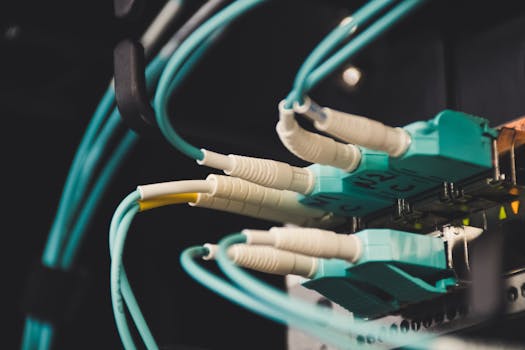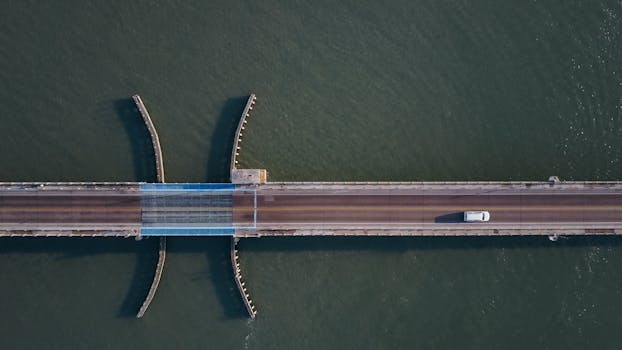
Mapping the Fiber Landscape: Key Players and Projects Across Africa
Focus Keyword: Mapping the Fiber Landscape
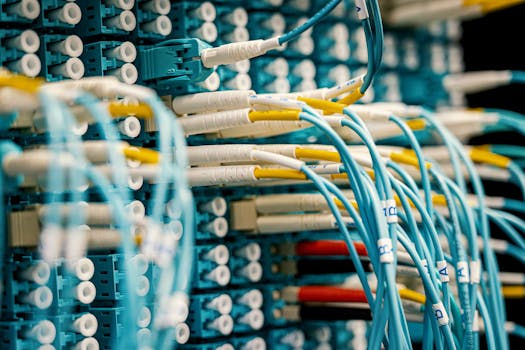
Mapping the Fiber Landscape is crucial for understanding the complex network of fiber optic cables that crisscross Africa, providing vital connectivity to millions of people. The continent has witnessed significant investments in fiber optic infrastructure, with numerous projects underway to expand and improve connectivity. In this article, we will delve into the key players and projects shaping the fiber landscape in Africa.
Africa’s fiber optic network has grown exponentially over the past decade, with the total length of fiber optic cables increasing from approximately 100,000 kilometers in 2010 to over 1 million kilometers in 2020. This rapid expansion has been driven by the increasing demand for high-speed internet and mobile broadband services. The fiber optic network in Africa is primarily owned and operated by telecommunications companies, with some of the key players including MTN, Vodacom, and Orange.
One of the most significant fiber optic projects in Africa is the Africa Coast to Europe (ACE) submarine cable, which spans over 17,000 kilometers and connects 25 countries in West and Central Africa to Europe. The ACE cable has a capacity of 5.12 terabits per second and is owned by a consortium of telecommunications companies, including MTN, Orange, and Vodacom. Another notable project is the East Africa Submarine Cable System (EASSy), which connects nine countries in East Africa to Europe and has a capacity of 1.4 terabits per second.
Key Players in the African Fiber Landscape
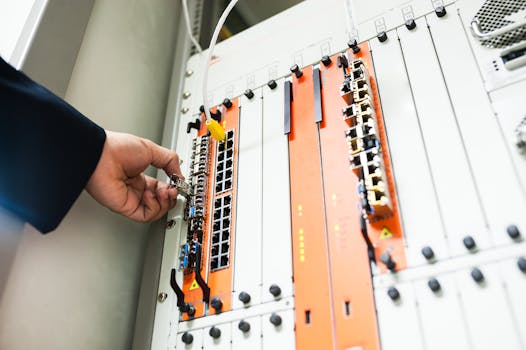
Several key players are driving the expansion of the fiber landscape in Africa. These include telecommunications companies, infrastructure providers, and investment firms. Some of the key players include:
MTN, a leading telecommunications company in Africa, has invested heavily in fiber optic infrastructure across the continent. The company has rolled out fiber optic cables in several countries, including South Africa, Nigeria, and Ghana. Vodacom, another major telecommunications company, has also invested significantly in fiber optic infrastructure, with a focus on expanding its network in South Africa and other countries in the region.
Orange, a French telecommunications company, has a significant presence in Africa, with operations in over 20 countries. The company has invested in several fiber optic projects, including the ACE submarine cable and the EASSy cable. Other key players in the African fiber landscape include Liquid Telecom, a leading provider of fiber optic and satellite services, and Seacom, a submarine cable operator that connects Africa to Europe and Asia.
Projects Driving Connectivity Across Africa
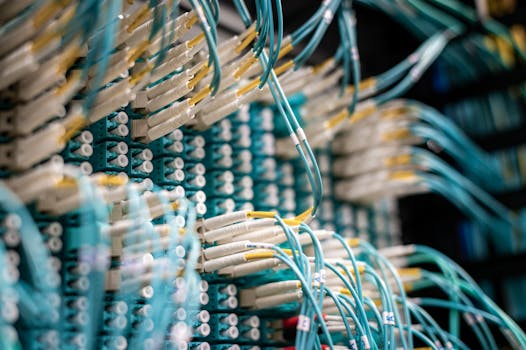
Several projects are currently underway to expand and improve connectivity across Africa. These include:
The African Continental Free Trade Area (AfCFTA) project, which aims to create a single, unified market for the continent. The project includes the development of a digital infrastructure, including fiber optic cables, to support trade and commerce. The Smart Africa Alliance, a initiative launched by the African Union, aims to accelerate the development of digital infrastructure, including fiber optic cables, to support economic growth and development.
The African Development Bank’s (AfDB) Digital Africa initiative, which aims to support the development of digital infrastructure, including fiber optic cables, to promote economic growth and development. The initiative includes a focus on expanding access to high-speed internet and mobile broadband services, particularly in rural and underserved areas.
Conclusion
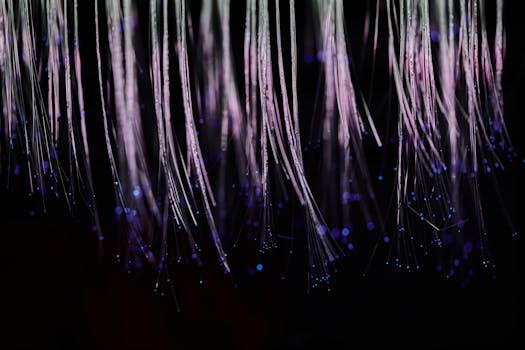
In conclusion, the fiber landscape in Africa is complex and dynamic, with numerous key players and projects driving connectivity across the continent. The expansion of fiber optic infrastructure has the potential to transform the African economy, supporting trade, commerce, and economic growth. As the demand for high-speed internet and mobile broadband services continues to grow, it is likely that we will see further investment in fiber optic infrastructure, driving greater connectivity and development across the continent.
See more:
